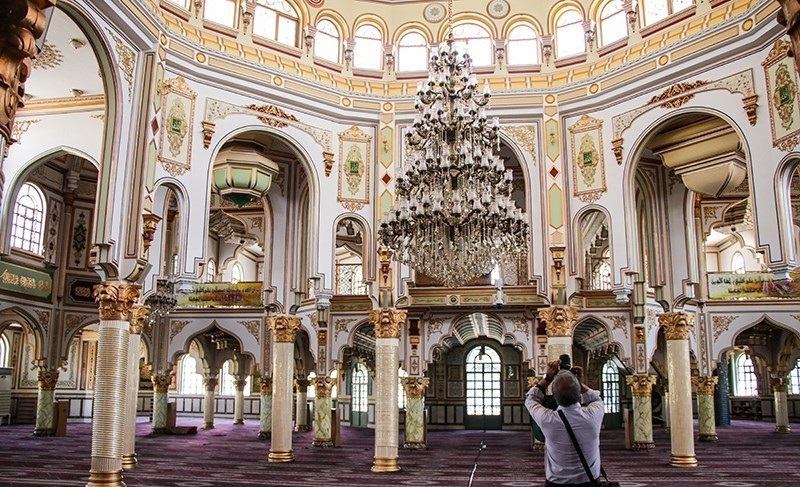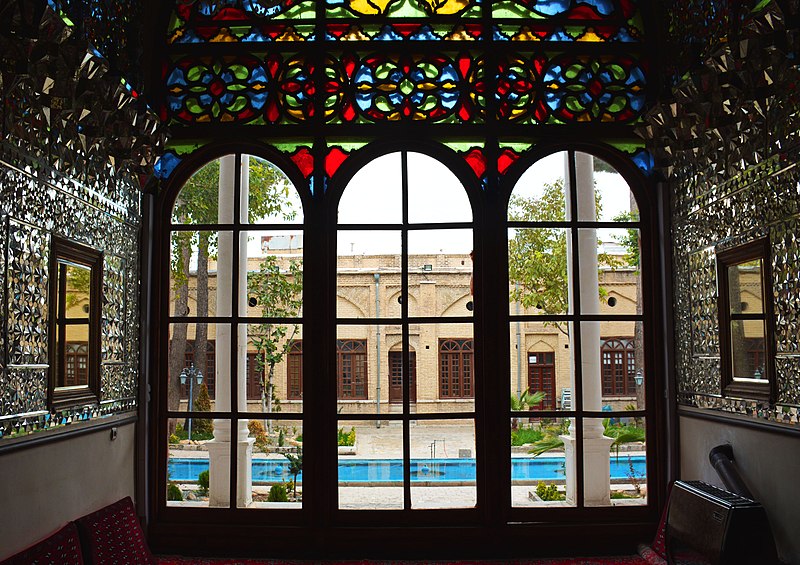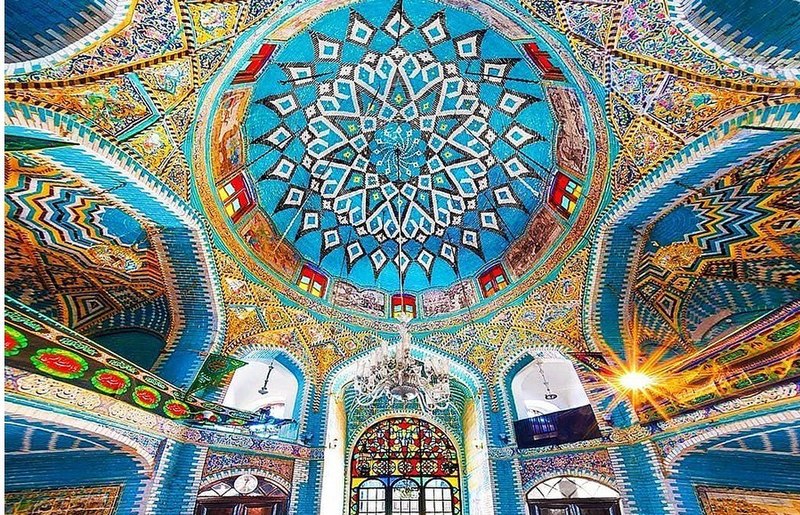Kermanshah Province (Persian: Ostanı Kermanshah) is one of the 31 provinces of Iran and is regarded as part of Iranian Kurdistan. The province was known from 1969 to 1986 as Kermanshahan and from 1986 to 1995 as Bakhtaran. Majority of people in Kermanshah province are Shia, and there are minority of Sunni and Yarsanism. The province’s capital is Kermanshah (34°18’N 47°4’E), located in the middle of the western part of Iran. The population of the city is 946,651. The languages spoken by the Kermanshah’s people is Kurdish, Southern Kurdish, Laki and also Persian. Kermanshah developed in the 4th century AD under the patronage of Sassanian kings. Briefly renamed Bakhtaran in the 1980s. Its climate is mild and it has many natural and historical sites in the city and in the towns around. The city is 525 km southwest of Tehran at the foothills of the Zagros mountain range. The city enjoys a temperate climate and regular seasons.

Kermanshah Province is located at 34 East and 47 North. More than half of the area of Kermanshah province is covered by high mountains. The Zagros Mountains have created a variety of vegetation in a series of parallel strata, with high plains among them. As it is situated between two cold and warm regions enjoys a moderate climate. Kermanshah has a moderate and mountainous climate. It rains most in winter and is moderately warm in summer. The annual rainfall is 500 mm. The average temperature in the hottest months is above 22 C.

The province has a rich Paleolithic heritage. Many caves have been surveyed or excavated there with Paleolithic remains. Some of these cave Sites are located in Bisotoun and north of Kermanshah. The first known physical remains of Neanderthal man in Iran was discovered in Bisotoun Cave. Do-Ashkaft, Kobeh, Warwasi, and Mar Tarik are some of the Middle Paleolithic sites in the region. Kermānshāh also has many Neolithic sites, of which the most famous are Ganj-Dareh, Sarab, and Asiab. At Ganj-Dareh the earliest evidence for goat domestication have been documented. In May 2009, based on a research conducted by the University of Hamadān and UCL the head of Archeology Research Center of Iran’s Cultural Heritage and Tourism Organization announced that the oldest prehistoric village in the Middle East dating back to 9800 B.C., was discovered in Sahneh, located in west of Kermanshah.

The monuments found in Kermanshah show two glorious periods, the Achaemenid and Sassanid eras. The mythical ruler of the Pish-Dādian is described as founding the city while Tahmoures Div-band built it. An alternative narrative is that the construction was by Bahram IV of the Sassanid dynasty during the 4th century CE. Kermanshah reached a peak during the reign of Hormazd IV and Khosrow I of Sassanids, before being demoted to a secondary royal residence.
People & Culture Kermanshah is one of the provinces of Iran, in the I north and northwest of which, are the resident Hourami and nomadic tribes of Kochar and Jaf, the west and southwest are Kalhor, Gouran, Zanganeh, Sanjabi and Gholkhani, and the southern and eastern towns are populated by Lak people. Kermanshah also is a very diverse religious city. For example, followers of wie Shiite cults (majority), Sunni, Yarsan, Nematollahi, Jewish, Christian (Armenian and Assyrian) and Baha’i ve together in this province. Kurdish and Gorani porami), Laki and Persian Kermānshāhi are the most commonly used dialects in Kermanshah. The Persian dialect of Kermanshah is only spoken in Kermanshah town.
Reference: Cultural Heritage, Handicrafts & Tourism Organization of Iran, Iran Travel guide. Iran: 2018
